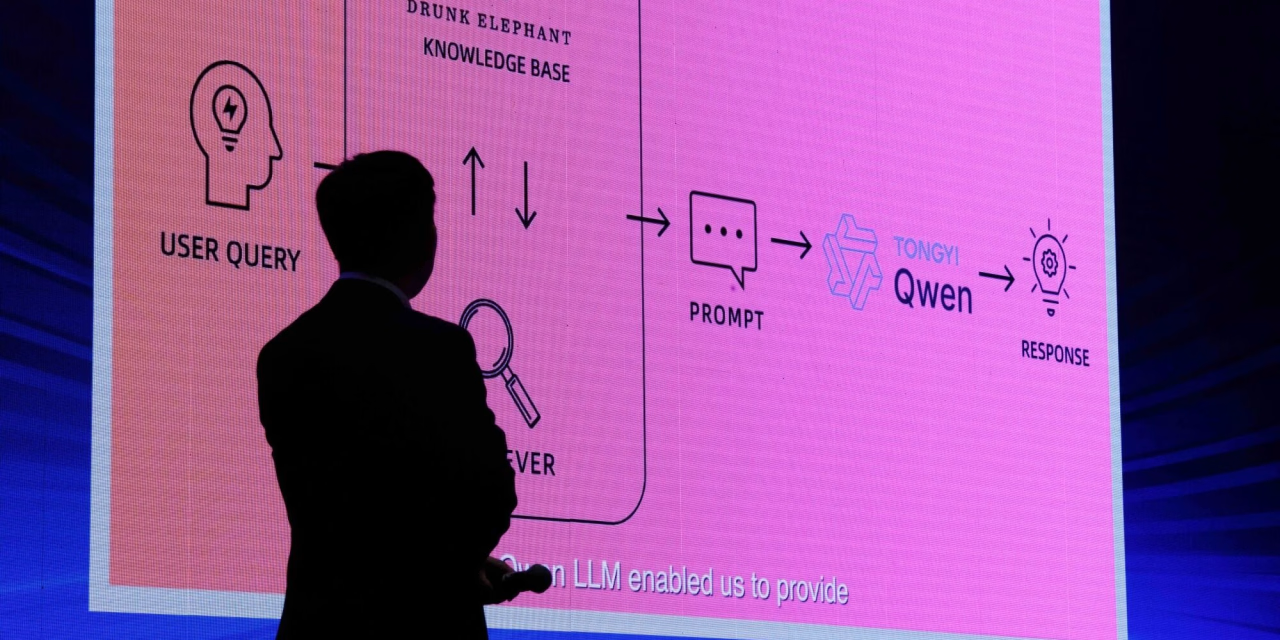CryptoCurrency
Stocks to Watch Tuesday: Alphabet, Nvidia, Alibaba, Zoom

Stocks to Watch Tuesday: Alphabet, Nvidia, Alibaba, Zoom
↗️ Alphabet (GOOGL, GOOG): Facebook owner Meta Platforms (META) is in talks to spend billions on Google’s AI chips, the Information reported, as Google steps up efforts to compete directly with Nvidia. Shares in Alphabet, Google’s parent company, rose premarket.
↘️ SoftBank (JP:9984): Shares in the Japanese technology conglomerate slid 10% amid worries that Google’s updated Gemini language model will intensify competition for OpenAI, a major SoftBank investment.










